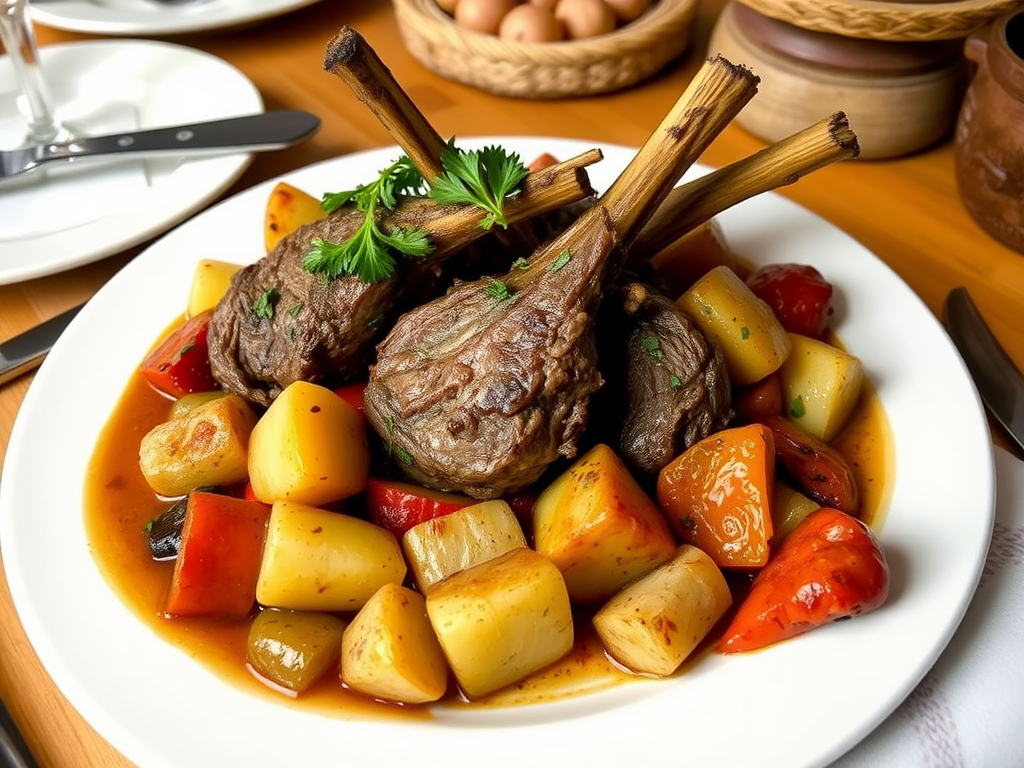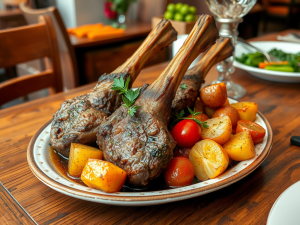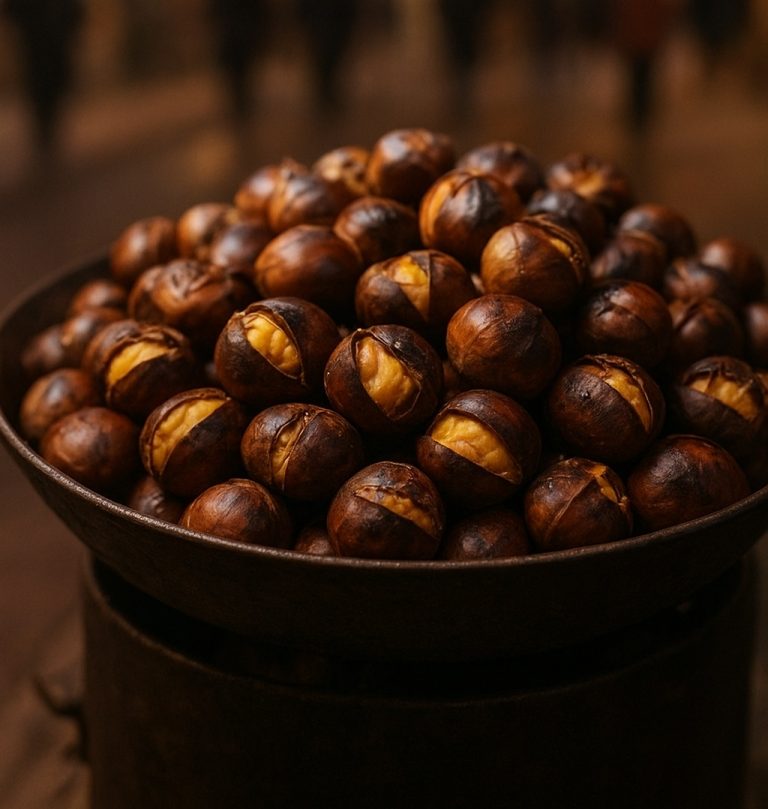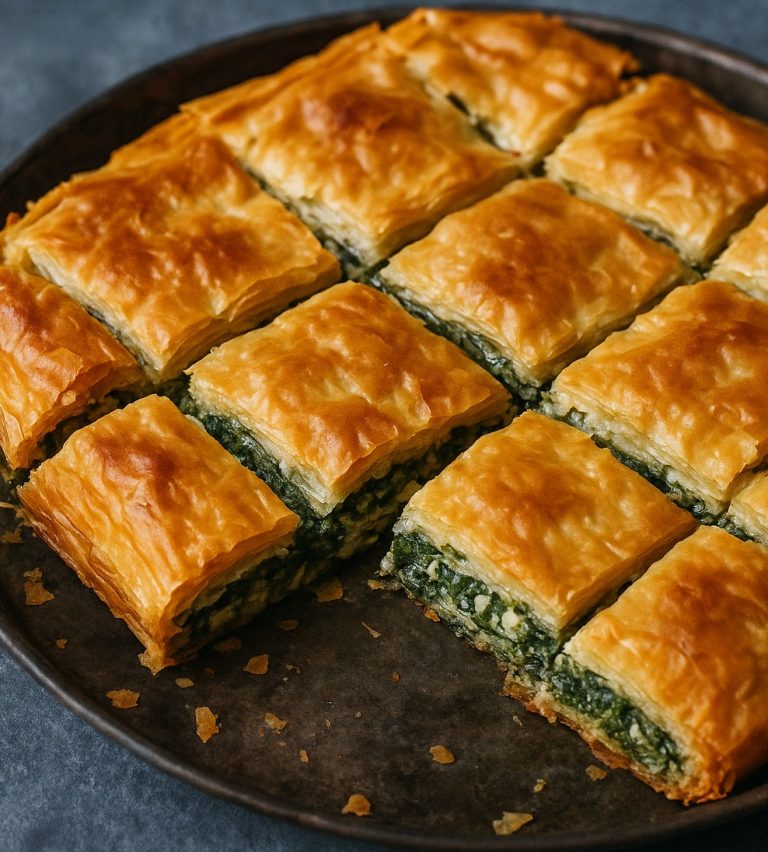
Introduction
Kleftiko, a beloved dish in Greek cuisine, is renowned for its tender, slow-cooked lamb infused with aromatic flavors. This traditional meal has roots in the history of Greek bandits known as “kleftes,” who would prepare their food in a clandestine manner, often in the mountains. Today, Kleftiko is a staple at family gatherings and festive occasions, celebrated for its rich taste and rustic charm.
Historical Background
The name “Kleftiko” derives from the Greek word “kleftis,” meaning “thief.” According to lore, the kleftes would steal sheep and cook them in hidden locations to avoid detection, using underground ovens made from earth and stones. This cooking method allowed the meat to become incredibly tender and flavorful. The bandits became folk heroes, and their culinary practices became part of the rich tapestry of Greek heritage.
Over time, Kleftiko evolved from its clandestine roots into a cherished family dish. It is often associated with festive occasions, particularly Easter and family gatherings, symbolizing unity and celebration. The slow cooking process allows for flavors to meld beautifully, creating a dish that is as much about tradition as it is about taste.
Ingredients
Key Ingredients
- Lamb: The star of the dish. Shoulder or leg of lamb is preferred for its rich flavor and tenderness. The marbling of fat in these cuts ensures a juicy outcome.
- Vegetables: Commonly, potatoes, tomatoes, and onions are used. Potatoes soak up the flavorful juices, while tomatoes and onions add acidity and sweetness.
- Herbs and Spices: Oregano, rosemary, garlic, and lemon juice are essential for seasoning. These ingredients not only enhance the flavor but also pay homage to the Mediterranean climate that nurtures them.
- Olive Oil: A key component in Greek cuisine, olive oil adds richness and depth to the dish, making it more succulent.
Optional Additions
- Wine: Some recipes incorporate white or red wine to add complexity to the flavors.
- Feta Cheese: Occasionally crumbled on top before serving, feta adds a tangy contrast to the rich meat.
- Additional Vegetables: Bell peppers, carrots, or zucchini can be included for added texture and nutrition.
Preparation Method
Traditional Method
- Marination: The lamb is typically marinated with olive oil, lemon juice, garlic, and herbs for several hours or overnight. This step is crucial for infusing the meat with flavor and tenderness.
- Wrapping: Once marinated, the lamb is wrapped in parchment paper or placed in a clay pot, often with the vegetables. Wrapping helps to retain moisture and flavor during cooking.
- Slow Cooking: The wrapped lamb is then placed in a preheated oven or buried in hot coals, allowing it to cook slowly for several hours. This method ensures that the meat becomes incredibly tender and infused with flavors, reminiscent of the original kleftes’ style of cooking.
Modern Method
- Preparation: Preheat the oven to a low temperature (around 160°C or 320°F). This slow cooking ensures the lamb remains moist.
- Searing: Lightly sear the lamb in a pan to brown the outside. This step adds a depth of flavor through caramelization.
- Baking: Transfer the lamb to a baking dish with vegetables and cover tightly with foil. Bake for 3-4 hours until tender. The slow cooking allows the flavors to meld beautifully, creating a rich and savory dish.

Serving Kleftiko
Kleftiko is typically served with a side of roasted vegetables or a fresh Greek salad. The bright flavors of a salad with tomatoes, cucumbers, and feta complement the richness of the lamb perfectly. It is common to serve Kleftiko during special occasions, family gatherings, or holiday feasts, making it a symbol of hospitality and tradition.
Presentation
When serving Kleftiko, presentation is key. The wrapped bread or parchment can be opened at the table, releasing an enticing aroma. The lamb and vegetables can be arranged on a large platter, garnished with fresh herbs, and served alongside crusty bread for soaking up the flavorful juices. This communal style of serving encourages sharing and conversation, embodying the spirit of Greek hospitality.
Variations
While the classic recipe remains popular, regional variations exist throughout Greece, each adding its own twist:
- In the Cyclades: Variations often include local herbs like thyme and may use goat instead of lamb, reflecting the island’s pastoral traditions.
- In Crete: Known for more robust flavors, this version might include additional spices and sometimes incorporate local cheeses into the cooking process.
- Vegetarian Versions: Some modern interpretations replace lamb with vegetables such as eggplant, mushrooms, and zucchini, cooked in a similar style, catering to those seeking meat-free options.
Cultural Significance
Kleftiko is more than just a dish; it is a cultural emblem that reflects the spirit of Greek life. The preparation and sharing of Kleftiko foster familial bonds and create lasting memories. It is often associated with celebrations, from weddings to religious holidays, embodying joy and togetherness.
In many Greek households, the preparation of Kleftiko is a communal activity, with family members gathering to marinate the meat, chop vegetables, and discuss the day. This shared experience strengthens family ties and passes down culinary traditions from one generation to the next.
Conclusion
Kleftiko is a dish that encapsulates the heart of Greek culinary tradition. Its rich flavors, tender meat, and historical significance make it a cherished recipe passed down through generations. Whether enjoyed at a family celebration or a casual dinner, Kleftiko continues to bring people together, embodying the warmth and hospitality of Greek culture.
As you savor a plate of Kleftiko, you are not just enjoying a meal; you are partaking in a storied tradition that celebrates the essence of community, family, and the joy of sharing good food. This timeless dish remains a testament to the enduring legacy of Greek culinary artistry.



